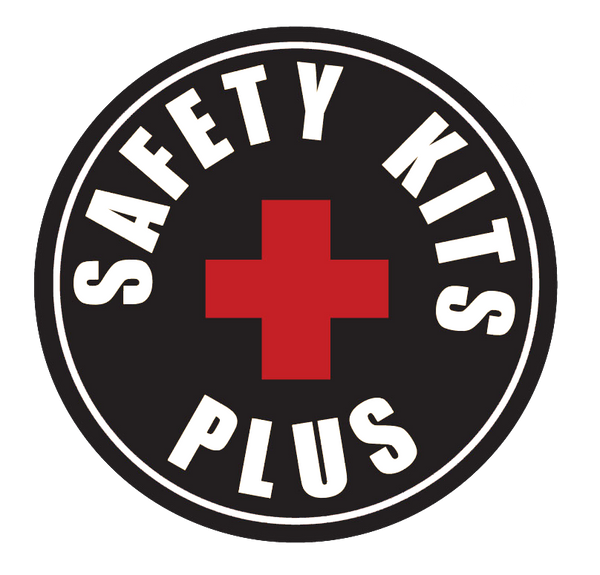Emergency Disaster Planning
Making sure your home, business, church or school is prepared for unseen disasters or emergency situations is no easy task. Disaster planning and the preparation of emergency supplies takes time and energy. Practicing and maintaining a good Disaster Plan is the key. Watch these informative videos and follow the useful preparedness tips and get a head start on preparedness and communication.
To get started, it is a good idea to contact your local emergency management or civil defense office and your local American Red Cross chapter. They are very good resources and can help you answer preliminary questions that can help guide your family or business disaster planning.
- Learn which disasters are likely to occur in your area and how to appropriately respond.
- Develop emergency disaster plans for families, businesses and schools.
- Get emergency kits for every car and disaster kits for the home, business or school.
- Get involved in preparing your community.
STARTING YOUR DISASTER PLAN
Always determine which disasters are most likely to occur in your community. Find out from the local authorities which methods are used to warn the public about these disasters and how best to prepare your home and business workplace.
It is critical to sit down with your family members or business associates and discuss potential types of disasters and how you might prepare and respond. Planning for a possible evacuation of your home or business is a good idea. Having emergency supplies ready to go will save time and stress. Predetermining where you will go in the event of a possible evacuation is a good idea. Picking a safe location to meet separated family members or business associates will help during those critical moments. Discuss these places with your family members and business associates and practice meeting there from time to time.
Take the time to prepare well stocked emergency kits for your home and business workplace. Make sure that your Safety Kits are easily accessible and clearly marked. It is important to inform family members or business associates about the location of the emergency supplies. Purchase Car Emergency Kits for each of your family or business vehicles to prepare them for emergency or disaster situations when traveling.
Other steps in your disaster planning process should include posting emergency numbers by every phone in the home and workplace, maintaining First Aid Kits and safety kits (replacing expired items), installing smoke detectors and taking CPR and First Aid classes. Communicating with your neighbors is also a good idea. Many times neighborhoods work together to create and practice disaster planning. It is always important to be thoughtful about people with special needs such as infants or the elderly.
Clearly, preparing for possible disaster and emergency situations takes a lot of planning and practice. Taking simple steps to prepare your home and workplace do take energy and time. But without question, if ever needed, all the planning and preparation may save lives.
